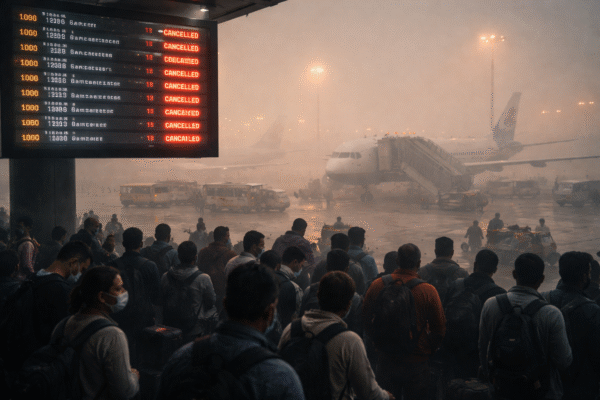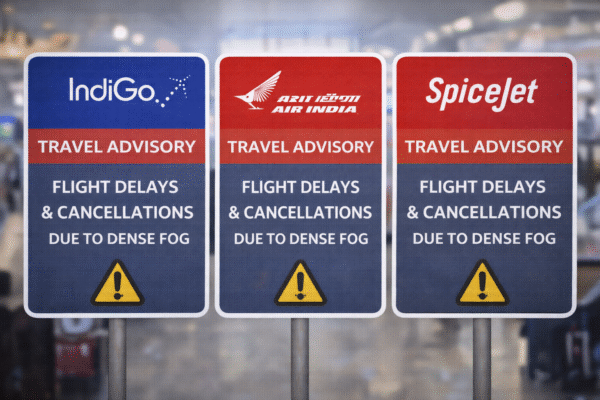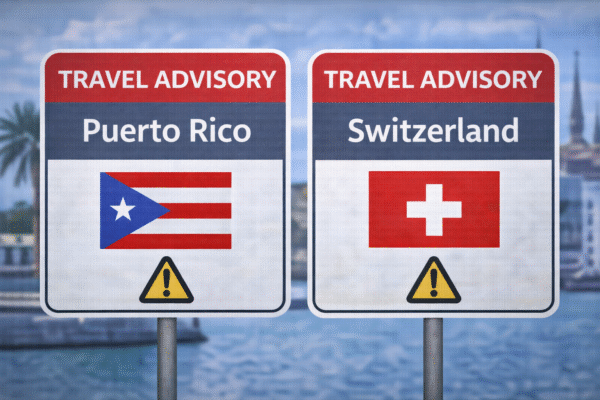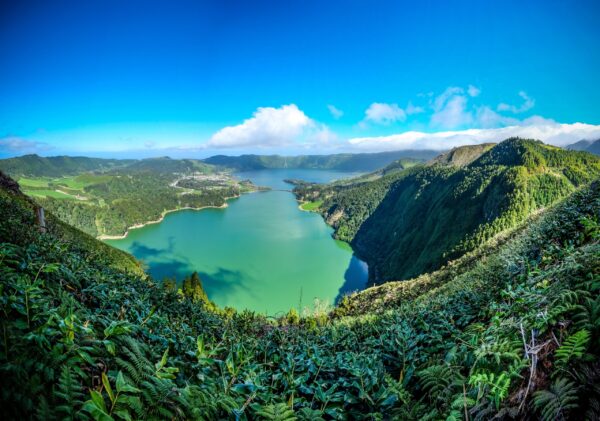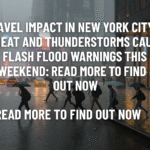Bay of Plenty, New Zealand – A moderate 4.2-magnitude earthquake struck the Bay of Plenty region at 6:42 PM NZST on Saturday, July 19, 2025, prompting renewed attention on seismic safety for travelers in New Zealand’s North Island. According to GeoNet, the quake occurred approximately 920 kilometers northeast of Whakatāne, near the edge of the Taupō Volcanic Zone, and originated at a depth of 300 kilometers—qualifying it as a deep earthquake. While it caused no damage and was not felt by residents or visitors, it serves as a reminder of the region’s seismic volatility.
What Makes Bay of Plenty Prone to Earthquakes?
The Bay of Plenty is located within the Pacific Ring of Fire, one of the most geologically active regions on Earth. Here, the Pacific and Indo-Australian tectonic plates interact, leading to frequent seismic events. Although the July 19 quake was mild and deep—diminishing its surface impact—scientists and civil authorities continue to monitor such quakes as part of long-term hazard awareness and emergency preparedness.
“Deep earthquakes like this one often go unnoticed on the surface,” explained GeoNet scientists. “At 300 km deep, the seismic energy dissipates before it reaches the surface, unlike shallow quakes which can cause more noticeable ground shaking and damage.”
Seismic Science: Understanding Deep vs. Shallow Earthquakes
Seismologists categorize earthquakes based on depth:
- Shallow earthquakes (less than 70 km deep) are usually the most destructive.
- Intermediate earthquakes (70–300 km deep) may be felt, but often cause little surface damage.
- Deep earthquakes (over 300 km) typically go unnoticed by the public, though they still register on monitoring equipment.
The July 19 quake was notable for its depth and location near major geothermal features such as Rotorua and the Taupō Volcanic Zone, yet no signs of volcanic activity were linked to the event.
GeoNet: New Zealand’s Earthquake Early Warning System
The tremor was first reported by GeoNet, New Zealand’s national geological hazard monitoring agency. The network uses satellite-linked seismometers across the country to provide real-time data on earthquakes, tsunamis, and volcanic activity.
GeoNet’s tools enable civil defense teams, government agencies, and tourists to stay informed about earthquake risks and safety protocols. It offers public alerts via mobile notifications, website dashboards, and social media during seismic events.
Travelers are encouraged to download the GeoNet app or subscribe to SMS alerts to receive timely updates while visiting earthquake-prone areas such as Bay of Plenty, Rotorua, and Taupō.
Taupō Volcanic Zone: Where Geology Shapes Tourism
The Taupō Volcanic Zone extends from Mount Ruapehu through Rotorua and into the Bay of Plenty. It includes geothermal features such as geysers, mud pools, and hot springs that attract millions of tourists each year. However, the same geologic forces that create these attractions are also responsible for earthquakes and volcanic activity.
New Zealand’s Civil Defence and the Ministry of Business, Innovation and Employment (MBIE) regularly publish safety guidance for visiting geothermal regions. Tourists are advised to:
- Follow signage in geothermal parks and reserves.
- Stay on marked paths and boardwalks near hot springs.
- Be aware of potential steam bursts and unstable ground in active zones.
Earthquake Preparedness for Travelers
While New Zealand is globally known for its stunning scenery and adventure tourism, it is also one of the most seismically active nations on Earth. The government maintains some of the world’s most advanced emergency preparedness systems, including public drills and earthquake education programs.
Here’s what international travelers should keep in mind:
- Create a plan: Know what to do during an earthquake—drop, cover, and hold.
- Pack an emergency kit: Include essentials like bottled water, snacks, a flashlight, and first-aid supplies.
- Secure your accommodation: Check with hotels or Airbnb hosts about emergency exits and local safety protocols.
- Stay informed: Regularly check GeoNet and MetService NZ for seismic and weather updates.
Local Communities Stay Vigilant
Despite the quake’s minimal impact, local officials in Whakatāne and surrounding communities reaffirmed their commitment to disaster preparedness. “We’re fortunate this event didn’t lead to disruption,” said a Whakatāne District Council spokesperson. “But it’s a great opportunity to remind residents and visitors alike of the importance of readiness.”
Businesses in the tourism sector have also stepped up efforts to educate travelers about safety in the event of a natural disaster. Hotels, tour operators, and visitor centers across Rotorua and Bay of Plenty now routinely offer brochures and guidance on what to do during earthquakes.
Looking Ahead: A Safe but Aware Travel Experience
With no injuries, infrastructure damage, or aftershocks reported following the July 19 tremor, New Zealand’s tourism operations remain unaffected. Flights to and from Rotorua Regional Airport and Whakatāne Airport continued on schedule, and major attractions such as Wai-O-Tapu and the Polynesian Spa remained open.
Tourism New Zealand issued a brief statement confirming that the quake posed no risk to travelers and that tourism in the North Island was “operating as normal with no delays or disruptions.”
Still, experts emphasize that seismic activity is an ongoing reality in New Zealand—and being informed is key to traveling safely.
Conclusion: Travel Smart in Seismic New Zealand
While the Bay of Plenty’s recent earthquake may not have rattled buildings or disrupted daily life, it served as a vital reminder that New Zealand’s beauty comes with natural hazards. With resources like GeoNet, proactive local government policies, and a well-informed tourism industry, New Zealand remains a safe, exciting, and prepared destination for travelers in 2025.
Whether you’re soaking in Rotorua’s hot springs or exploring Whakatāne’s coastal trails, stay aware, stay informed, and enjoy the journey through one of Earth’s most geologically fascinating countries.
For more travel news like this, keep reading Global Travel Wire





